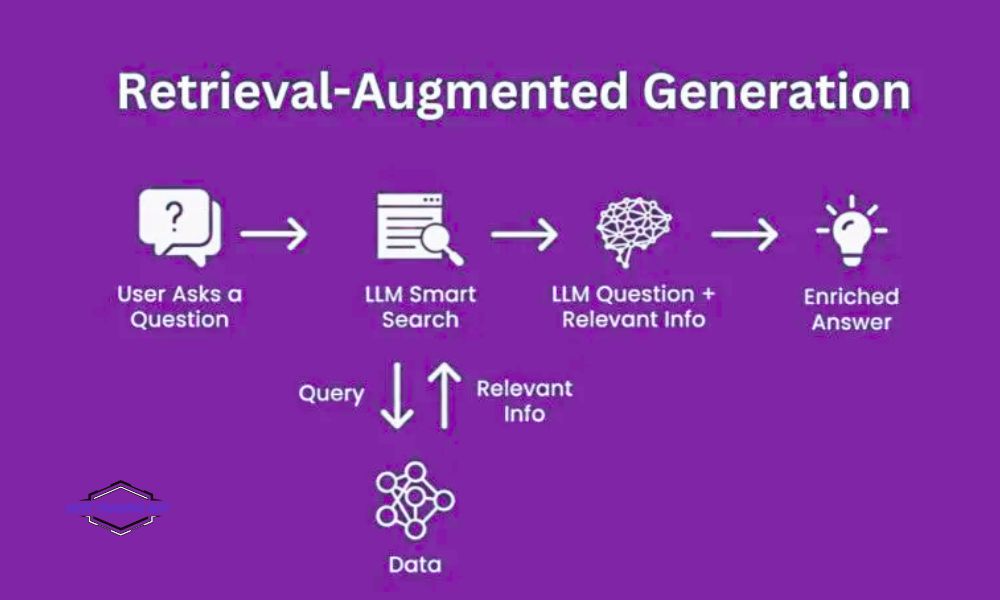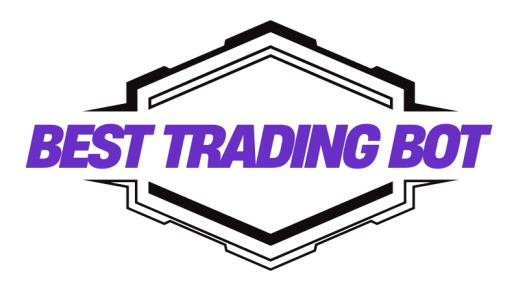AI agent vs RAG is a prominent subject in artificial intelligence, capturing the interest of many experts and businesses. Clearly understanding the nature, strengths, and weaknesses of each technology will help us make appropriate choices, optimize applications, and achieve maximum effectiveness in AI projects.

Contents
What is an AI agent?
An AI agent is a software or hardware entity capable of perceiving its environment through sensors and acting upon that environment through actuators to achieve specific goals. An AI agent is designed to operate autonomously, making decisions and performing actions without direct human intervention.
Key characteristics of an AI agent include:
- Autonomy: The ability to operate independently, making decisions based on gathered information and predefined goals.
- Learning: Some AI agents can improve their performance over time through experience and new data.
- Perception: Gathering information about the environment.
- Action: Performing tasks to change the state of the environment or achieve goals.
- Goal-oriented: Always aiming to accomplish one or more specific objectives.
Examples of AI agents include virtual assistants like Siri or Google Assistant, autonomous robots in factories, automated trading bots in financial markets, or even characters in video games capable of intelligent interaction.
What is RAG (Retrieval-Augmented Generation)?
RAG, short for Retrieval-Augmented Generation, is an AI architecture that combines the capabilities of large language models (LLMs) with an external knowledge base. Instead of relying solely on pre-trained knowledge (which is often limited by the training data’s cut-off date), RAG allows an LLM to retrieve relevant, up-to-date information from an external data source before generating a response or content.
The basic workflow of RAG is:
- Query: The user poses a question or makes a request.
- Retrieval: The RAG system searches its knowledge base (e.g., company documents, product databases, the web) to fetch the most relevant pieces of information related to the query.
- Augmentation: The retrieved information is combined with the original query.
- Generation: The LLM uses this augmented information to produce a more coherent, accurate, and contextually relevant answer.
The main benefits of RAG include minimizing “hallucinations” in LLMs, providing more current and specific information, and allowing for the customization of the model’s knowledge for particular use cases.

Comparing AI agent vs RAG: Core differences
Although both AI agent and RAG are significant advancements in AI, they differ in their fundamental nature and purpose:
Scope and objective:
- AI agent: A broader concept, referring to an entity capable of autonomous action to achieve goals. An AI agent’s objectives can be very diverse, from answering questions and performing tasks to complex interactions with the environment.
- RAG: A specific architecture, a technique designed to improve the output quality of large language models by integrating external knowledge. RAG’s primary goal is to generate more accurate and trustworthy information.
Mode of operation:
- AI agent: Focuses on the perceive-decide-act cycle. It can employ various AI techniques, including machine learning, natural language processing, planning, etc.
- RAG: Focuses on retrieving information and then using that information to support the text generation process of an LLM.
Relationship:
It’s important to emphasize that AI agent vs RAG is not necessarily an “either/or” confrontation. In fact, RAG can be a component or a capability integrated within an AI agent. For example, a customer service chatbot AI agent might use RAG to retrieve the latest product information from the company’s database before answering a customer’s query. In this scenario, RAG helps the AI agent act (answer the question) more intelligently and accurately.
When to use an AI agent and when to use RAG?
Use an AI agent when:
- You need a system to autonomously perform complex tasks.
- Proactive interaction with the environment or users is required.
- You need a solution that can learn and adapt over time.
- Solving problems that demand planning and decision-making.
Use RAG when:
- You need large language models to generate answers based on specific, up-to-date, or proprietary information not present in their original training data.
- You want to reduce “hallucinations” and increase the trustworthiness of LLMs.
- Building question-answering (Q&A) applications over a large corpus of documents, or chatbots based on specialized domain knowledge.
Combine AI agent and RAG when:
An AI agent needs to access and use information from external sources to make decisions or perform actions more effectively. For instance, an AI financial advisor agent could use RAG to fetch the latest market data before making recommendations.
In summary, AI agent vs RAG is not a zero-sum game but rather a complementary relationship. The choice between them, or their combination, depends on the specific problem you are trying to solve and the ultimate goal of your AI application.
Both AI agent and RAG are groundbreaking AI technologies, unlocking numerous practical application possibilities. Understanding the differences and potential synergy between AI agent vs RAG will help you make informed technology choices. Follow Best Trading Bot for more insightful tech updates and knowledge!
